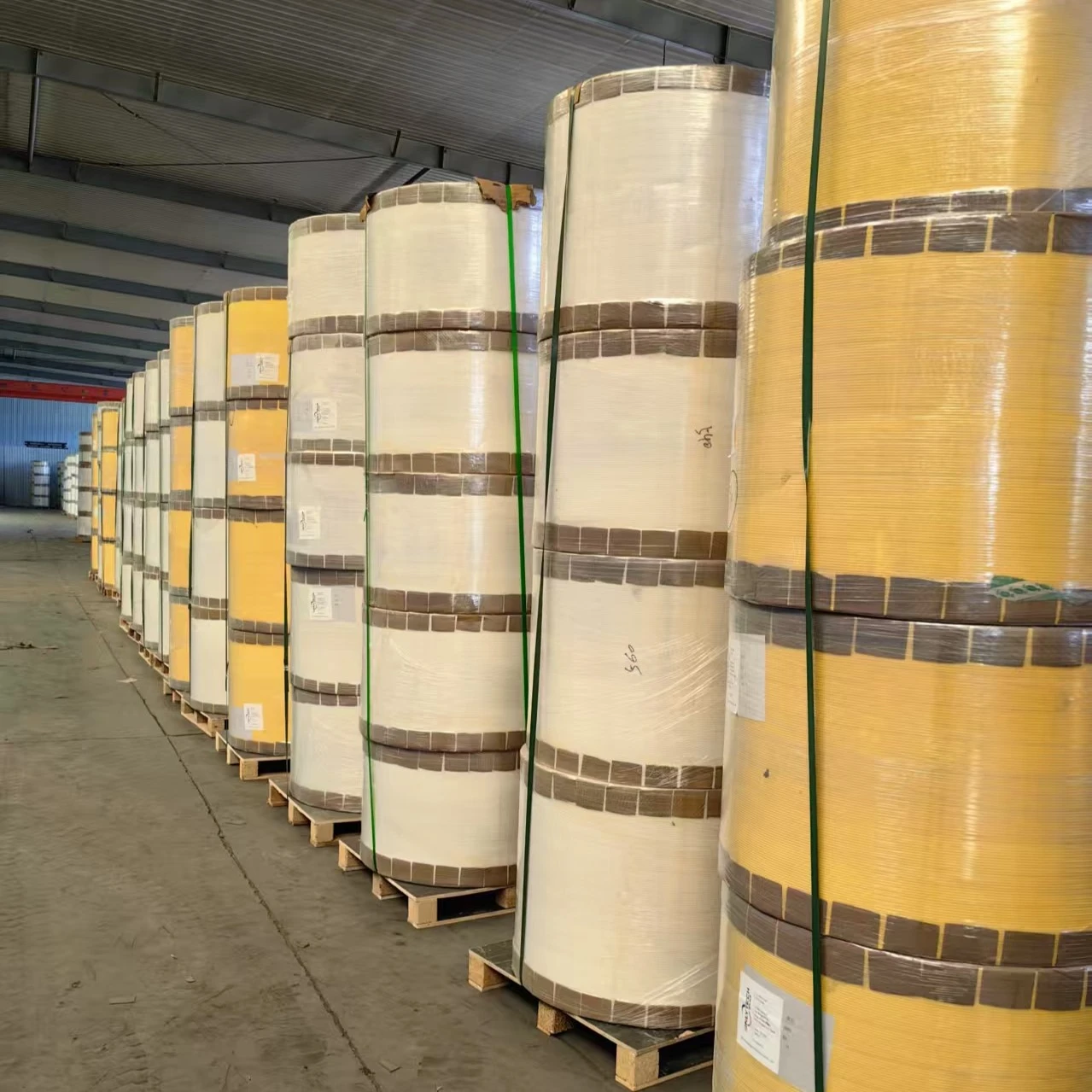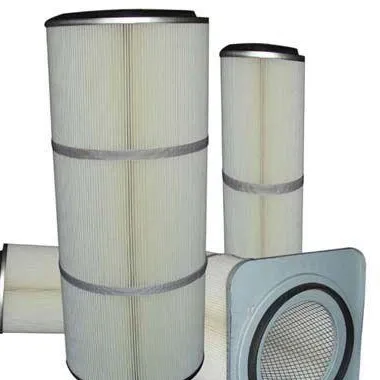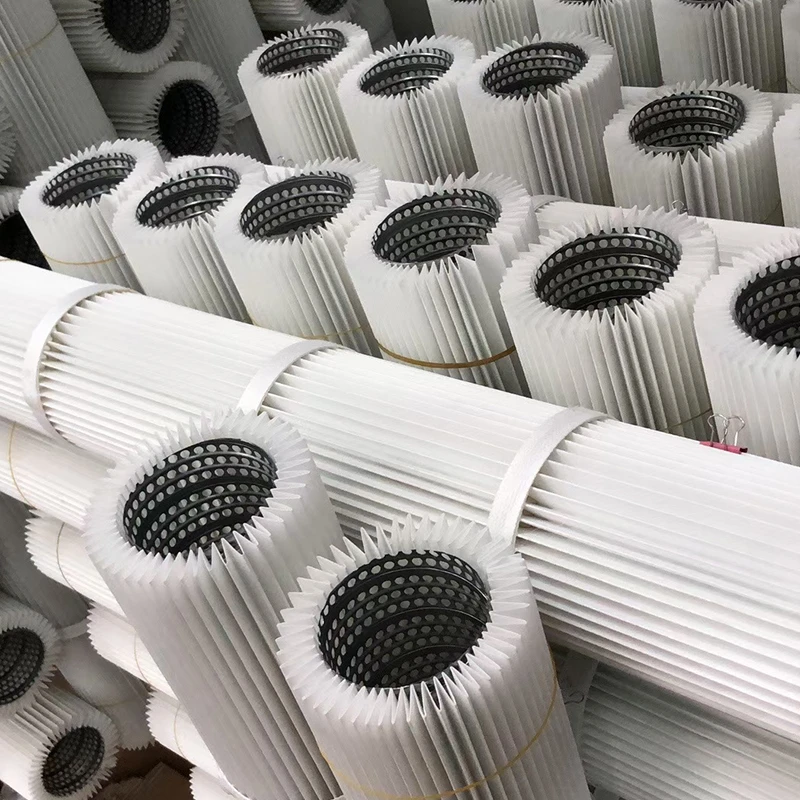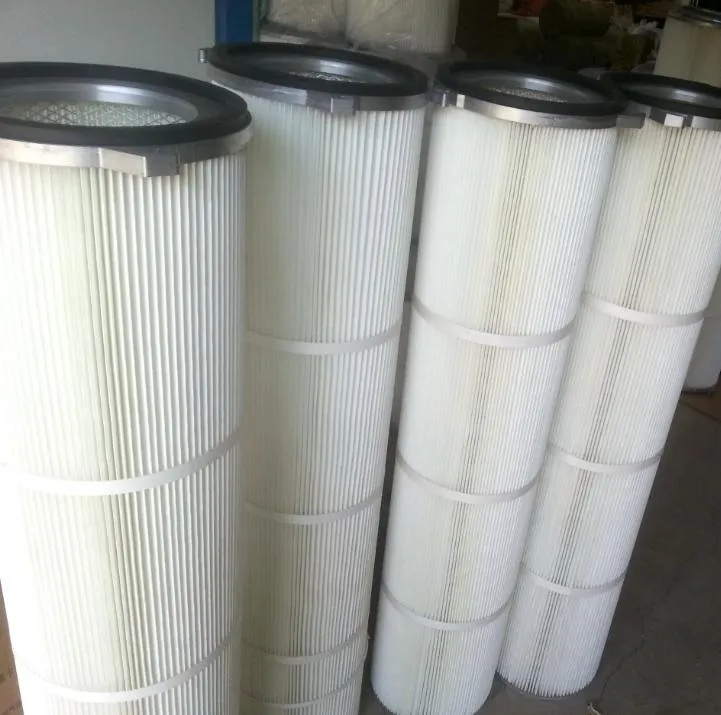 Tel:
+8618931101301
Tel:
+8618931101301
Aug . 18, 2024 14:37 Back to list
Antistatic Filter Elements for Enhanced Performance and Safety in Sensitive Environments
Understanding Antistatic Filter Elements Importance and Applications
In various industrial and commercial settings, maintaining air quality and reducing electrostatic discharge are paramount concerns. One pivotal component in achieving these goals is the antistatic filter element. This specialized filtration technology not only improves air quality but also mitigates the risks associated with static electricity accumulation.
What are Antistatic Filter Elements?
Antistatic filter elements are designed to inhibit the buildup of static electricity during the air filtration process. These filters are made from materials that carry conductive properties, allowing them to dissipate electrostatic charges safely to the ground. This characteristic is especially crucial in environments where flammable materials or sensitive electronic components are present.
The integration of antistatic properties into filtration systems involves the use of conductive fibers in the filter media. These fibers can be woven into various filter types, from HVAC filters to industrial dust collectors, ensuring that static charges do not accumulate on the surface of the filter or in the surrounding environment.
Importance of Antistatic Filters
1. Safety In industries such as pharmaceuticals, chemicals, and electronics, static discharge can lead to catastrophic incidents, including explosions or fires. Antistatic filter elements help greatly reduce these risks by preventing the accumulation of static electricity.
2. Equipment Protection Sensitive equipment, particularly in electronics manufacturing, can be severely damaged by static discharge. Antistatic filters protect equipment from airborne particles while also ensuring that static buildup does not occur, thus prolonging the life of essential devices.
3. Enhancing Filtration Efficiency Antistatic filter elements often have a unique design that enhances their dust-holding capacity. As static electricity can attract particles to the filter medium, incorporating antistatic properties allows for improved performance and cleaner air output.
antistatic filter element
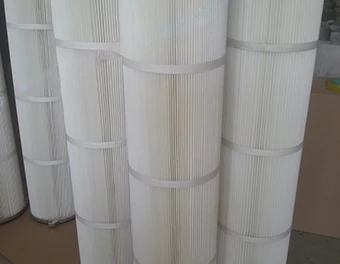
4. Compliance and Standards Many industries are subject to stringent regulations regarding air quality and safety. Antistatic filter elements assist companies in meeting these compliance standards, thereby safeguarding employee health and enhancing operational integrity.
Applications of Antistatic Filter Elements
Antistatic filter elements find applications across a myriad of industries
- Electronics Manufacturing In cleanrooms and controlled environments, the use of antistatic filters is crucial to prevent static charge disruption, ensuring that sensitive components remain unharmed.
- Pharmaceuticals and Food Processing These sectors must maintain sterile conditions. Antistatic filters help reduce the risk of electrostatic discharge contaminating products, while also filtering out harmful particles.
- Chemical Processing With the presence of volatile substances, antistatic filters serve to protect facilities from potential fire hazards associated with static electricity.
- HVAC Systems In commercial buildings, antistatic filters enhance indoor air quality while ensuring that static electricity is not a concern in populated areas.
Conclusion
Antistatic filter elements are vital for ensuring safety, efficiency, and compliance in multiple industrial applications. By integrating conductive materials into their design, these filters are uniquely equipped to handle specific challenges posed by static electricity while delivering high-performance air filtration. Investing in antistatic filter systems is not merely a matter of improving air quality but a fundamental step in promoting a safer, cleaner, and more compliant operational environment. In a world where safety and efficiency are more critical than ever, the role of antistatic filters continues to grow in significance.
-
Working principle of high-efficiency dust filter elementNewsJun.26,2025
-
The truth about washable filters: Does repeated use really not affect efficiency?NewsJun.25,2025
-
Effect of humidity on the performance of activated carbon filter elementsNewsJun.24,2025
-
Material selection considerations for dust removal filter elements under high temperature conditionsNewsJun.23,2025
-
Cold knowledge of air filters: Why are some designed to be pleated?NewsJun.16,2025
-
Factory direct supply! High-precision air filter element wholesale and customizationNewsJun.12,2025

 Email:
Email:
